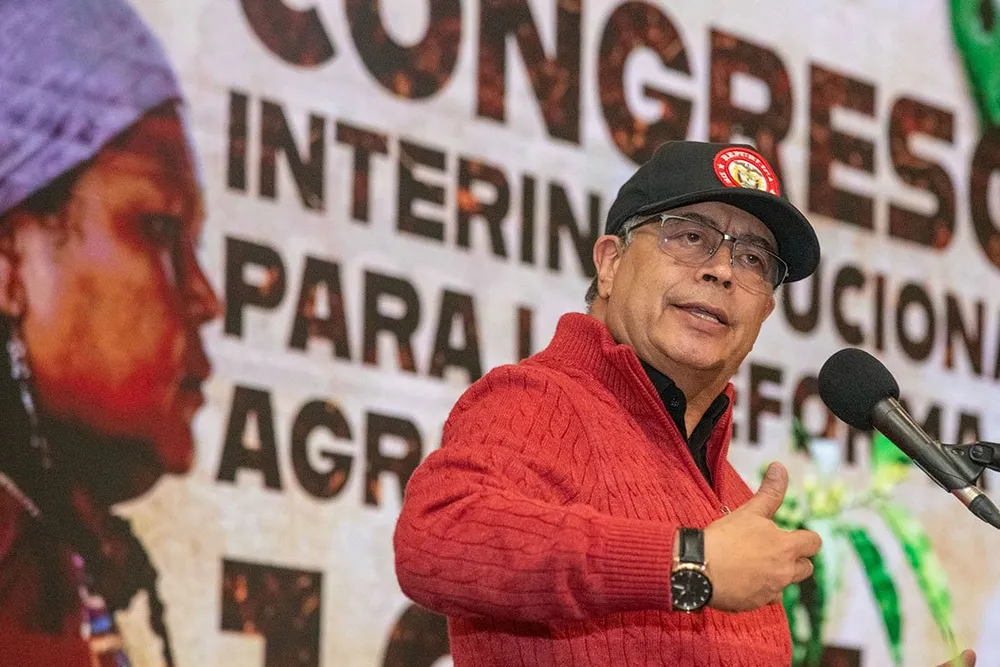Colombia on the move after choosing revenue support mechanism for offshore wind round
Colombia and Brazil are sleeping giants in terms of offshore wind potential but one of them, at least, seems to be on the move

Colombia has set out the rules that will govern its first ever offshore wind tender, including a two-way revenue support mechanism with novel features.
The regulation setting out the auction rules was drafted and revised with feedback from offshore wind developers that have pre-qualified for the wind tender. It includes a revenue support mechanism called Payment for Difference (PfD) which is intended to accelerate investment in renewable energy.
The Colombian government has received guidance under the World Bank’s energy sector management assistance partnership program (ESMAP), which aims to facilitate access to clean energy.
Among its features, the PfD mechanism compensates the difference between a fixed strike price and the market price for energy generated from renewables.
Contractual duration for the government-backed revenue mechanism was set at 15 years, but will probably include an option to bid the same project into future tenders for an additional 10-year term.
Colombia was commended for reinforcing the long-term stability of the investment by opening a pathway for subsidised revenue to run for as much as 25 years. ESMAP said the regulation “will facilitate investment in wind by reducing risk and ensuring long-term revenue certainty”.
Colombia launched its tender at the end of 2023 and held a long-running consultation process, including roadshows and webinars with developers, to obtain extensive feedback on its own proposals.
Discussions have covered the workings of the mechanism, as well as S-curve analysis on deployment rates, supply chains and infrastructure bottlenecks as well as alignment of the offshore wind awards with grid connection procedures or adjustments for grid delays.
“The government has drafted and now published the regulation for the revenue mechanism,” said Clare MacGregor, finance adviser for offshore wind at the World Bank Group.
“It provides comfort to developers around revenue stability, and long-term commitment to offshore wind, which we feel is a really important step forward in the process for soliciting bids in the tender.”
The closing date for the tender has now been set for October, several months later than originally indicated, as a result of the drawn-out consultation process.
The process will be developer-led, with bidders selecting areas from within a designated polygon area. These proposals can cover areas of up to 270 square kilometres, and a minimum proposed project capacity of 200MW, according to Colombia’s energy market regulator ANH.
Colombia already has clean hydropower at the heart of its energy system, along with fossil fuels, but the major buildout of renewable energy that was promised when President Gustavo Petro took office in 2022 has not materialised yet.
The most immediate reason for failure to fulfil this promise is the difficult social and political terrain for winning consents and environmental permits in key onshore regions, including La Guajira peninsula, where relations with indigenous communities have been problematic.
Difficulties in obtaining consents for a key onshore transmission link eventually led to Iberian utility EDPR dropping its flagship 500MW onshore wind projects there, even after buying 90 Vestas V162-5.6MW turbines entering into power purchase agreements.
Italian developer Enel Green Power suspended its own wind farm construction in La Guajira in 2023, after consistent protests by local communities, including the Wayuu indigenous group. Enel’s 200MW Windpeshi wind farm was originally set to begin generation in December 2022.
These social consenting issues are less of an issue for offshore wind, as projects are likely to be served out of established ports to the west of La Guajira, such as Cartagena and Barranquilla.
The Colombian government is nevertheless trying to reassure investors that a streamlined environmental permitting process will be put in place before the first projects go through the pipeline.
Companies listed as pre-qualified in the offshore round include:
- BlueFloat Energy, a Madrid-based offshore wind developer
- CIP, a Danish investment company focused on clean energy
- China Three Gorges Corporation, a Chinese energy developer
- Jan de Nul, a Belgian offshore contractor
- DEME Offshore, a Belgian offshore contractor
- Powerchina, a Chinese offshore contractor
- Dyna Energy, a UK renewables company
- Ecopetrol, Colombia's state-controlled oil company
- Celsia, a Colombian renewables company
In parallel to the regulations for the offshore wind tender, the Colombian government is also working on plans to introduce an intraday aspect to a market that has hitherto faced few issues of intermittency.
(Copyright)